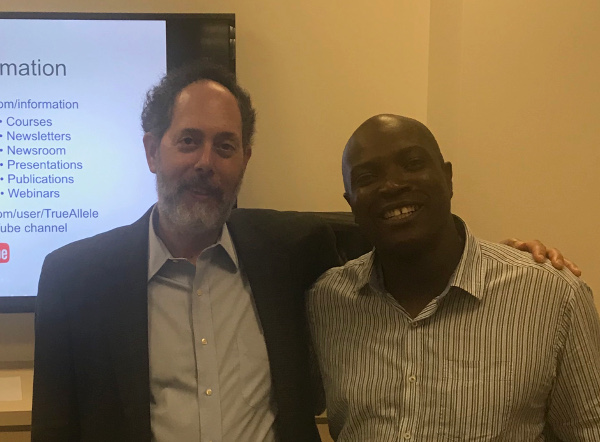Back to Newsroom
21-Sep-2018
Forensic Magazine feature: How human bias alters DNA software results
"It is a capital mistake to theorize before one has data. Insensibly one begins to twist facts to suit theories, instead of theories to suit facts." – Sherlock Holmes
What if DNA analysts could pick and choose their data? Or adjust software parameters to alter forensic match results? DNA evidence that excludes someone ("he's innocent") could then be twisted to include ("he's guilty").
In 2016, computer-analyzed evidence showed a defendant’s DNA was in a fingernail mixture. But the same software also showed he wasn’t in the mixture. A user could choose their data and parameters to get either match result.
In New York v. Hillary, "Different human choices of input data gave diametrically opposed answers," writes Cybergenetics Dr. Mark Perlin in his Forensic Magazine Suspect-centric bias in DNA mixture interpretation feature article. "The software contradicted itself. It both included and excluded Hillary."
Cybergenetics pro bono computer analysis helped preclude the "pick and choose" DNA software results. Without DNA evidence, Hillary was acquitted.
"Some crime labs already embrace forensic software that objectively analyzes evidence to accurately connect or eliminate a suspect. Other labs select data to suit their theory, a capital mistake in light of potential suspect-centric bias," Dr. Perlin concludes.
"As artificial intelligence permeates society, judges and juries will demand impartial objectivity from forensic science. In time, all DNA experts will report results that suit all the facts."

Dr. Mark Perlin meets Nick Hillary for the first time at a New York City CLE he taught in August.
